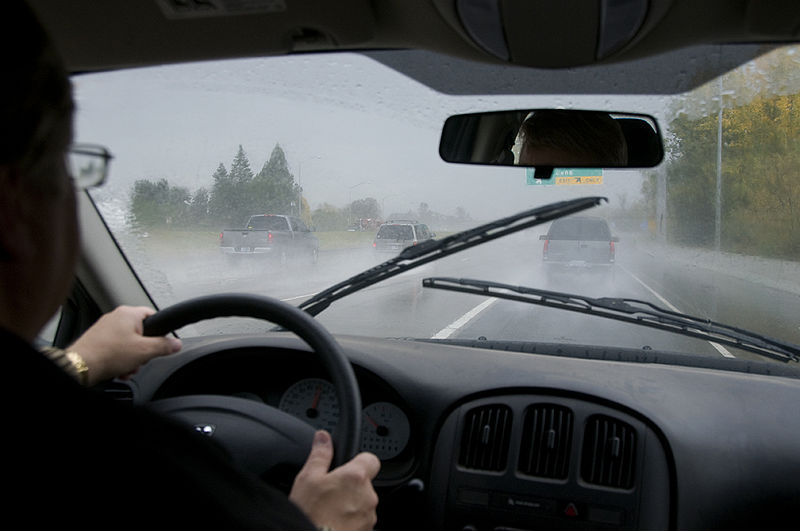Driving in rain is stressful, and stress on the road can lead to accidents. April is Utah’s rainiest month, so a refresher on rainy-driving safety may be helpful before March is gone. Taking the proper precautions during a storm can prevent tragic traffic accidents.
Table of Contents
Driving in Rain: The Basic Safety Tips
Slow down
- Driving fast on wet roads is dangerous. You lose traction, reaction time, and visibility. Drive at a reasonable speed and pay attention to the road and other cars.
Don’t follow closely
- Leaving plenty of space between you and the car in front of you will give you time to react if necessary. Stressed-out drivers are unpredictable. You can avoid a rear-ending accident by keeping a generous following distance.
Avoid sudden actions
- Don’t be that unpredictable driver. Don’t slam on the brakes or turn suddenly. Your car can lose traction easily and cars behind you may not react in time. If you slide or spin, slowly release the gas pedal and hold the steering wheel straight until your car comes to a stop.
Avoid cruise control
- Using cruise control in the rain can cause problems — you need to be able to react and change speeds quickly. Keeping control of your speed will increase your visibility and help you stay focused.
Turn on lights
- Even if it’s daytime, turn your lights on when driving in rain. This is especially important on the highway, since drivers have trouble seeing through spraying water. Semi truck drivers will be able to see you more clearly if you have your lights on.
Driving in rain will always be somewhat stressful, but you can make it easier for yourself and others by following these tips.
If you are injured in a car accident in any weather, we can help you. At Christensen & Hymas, our attorneys specialize in representing Utah car accident victims. We will deal with pesky insurance adjusters for you, and make sure you get the medical care you need. Contact us today for a free consultation.
Photo copyright to Oregon Department of Transportation
